A new exhibition exploring the influence of Ottoman courts and culture on Western Renaissance artists opens at BOZAR, Brussels, this month. We asked the curator Guido Messling to introduce the show and pick out a few favourite exhibits.
Click here for a gallery of highlights from the exhibition
Can you tell us a bit about the exhibition? What makes this a distinctive show?
This is the first exhibition to focus exclusively on the impact of the Ottomans on Western Renaissance art, and it is the first to include works from countries such as Hungary and Poland as well.
How did you come to curate this exhibition?
I had worked for BOZAR before as curator of the Cranach exhibition in 2010, and when I was asked by their CEO Paul Dujardin if I had any ideas I thought of an exhibition on images of ‘otherness’. You often come across signs, symbols or figures in Western art signifying a kind of otherness, and I was interested to explore their various meanings.
What is likely to be the highlight of the exhibition?
The most famous work is probably Gentile Bellini’s portrait of Sultan Mehmet, an iconic work. Personally, I like very much a huge canvas depicting the biblical story of Esther (c. 1550–60; south German) on a fantastic architectural stage including hundreds of actors dressed in all kinds of costumes – the ‘united nations’ of the 16th century.
And what’s been the most exciting personal discovery for you?
A colleague of mine pointed to me to the portrait of emperor Matthias (by Hans von Aachen) in which he wears a precious Ottoman silk kaftan. This kaftan was in all likelihood stolen by Swedish troops from Prague in the Thirty Years War and taken to Sweden where parts of it have survived, but reworked into an altar-cloth – I think this is quite a fascinating story. We are lucky that we can show both the portrait and the altar-cloth in the exhibition.
What’s the greatest challenge you’ve faced in preparing this exhibition?
The difficult loan situation – some works were very hard to get. And of course the political circumstances with a rather nationalistic, uncompromising official Turkey.
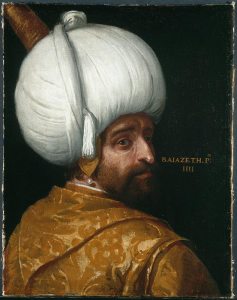
Sultan Bajezid I, Paolo Veronese (and workshop) © Collection Bayerische Staatsgemäldesammlungen, München
How are you using the gallery space? What challenges will the hang pose?
We have very different objects, ranging from coins to tapestries. Since we deal with a sequence of rooms, we also aim to tell a story – but I think we can manage this challenge by including plenty of useful information.
Which other works would you have liked to have included?
There are quite a few, but I really do miss a prestigious Carpaccio painting, considering the role this artist had in depicting oriental subjects in general and Ottomans in particular.
‘The Sultan’s World. The Ottoman Orient in Renaissance Art’ is at BOZAR, Brussels, from 27 February–31 May.
Unlimited access from just $16 every 3 months
Subscribe to get unlimited and exclusive access to the top art stories, interviews and exhibition reviews.

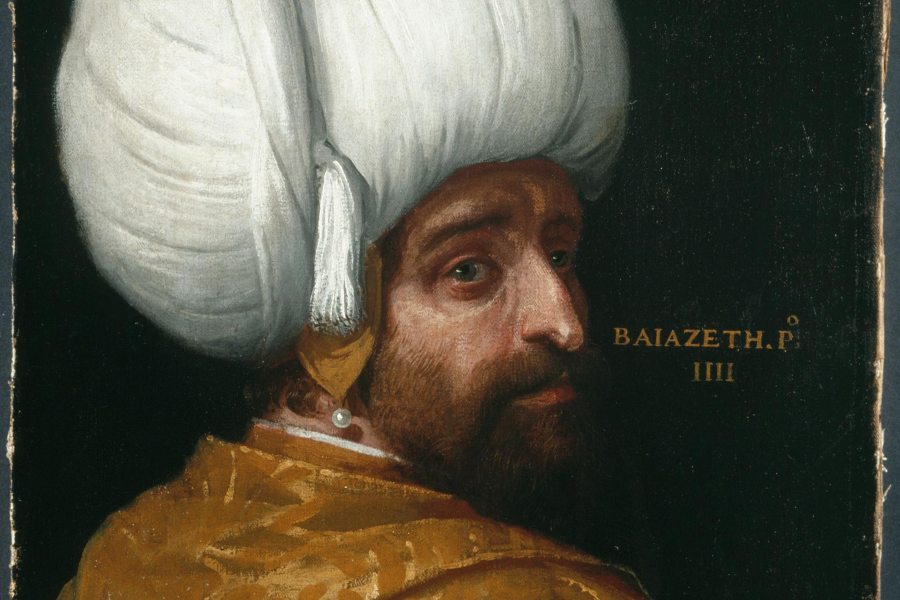
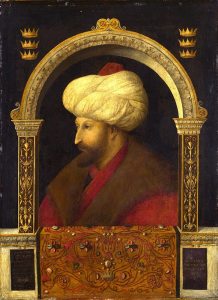
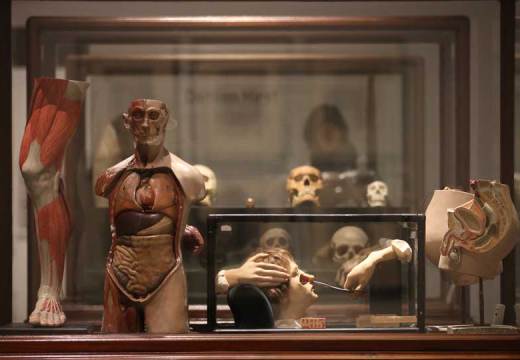
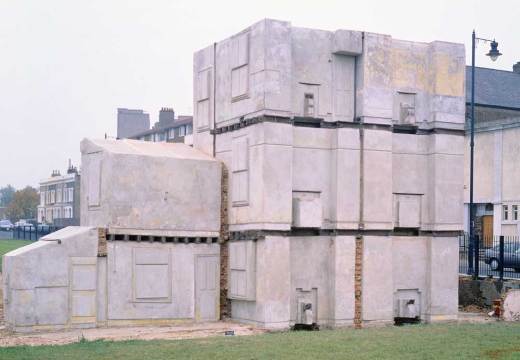
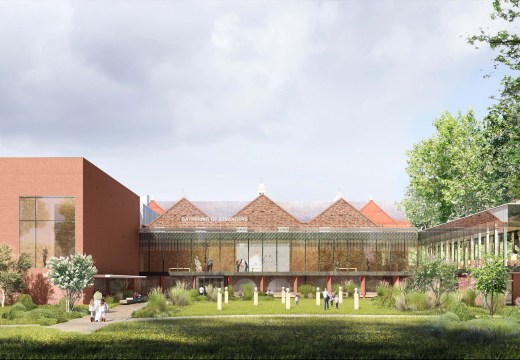









![Masterpiece [Re]discovery 2022. Photo: Ben Fisher Photography, courtesy of Masterpiece London](http://www.apollo-magazine.com/wp-content/uploads/2022/07/MPL2022_4263.jpg)
Why are fathers so absent from art history?